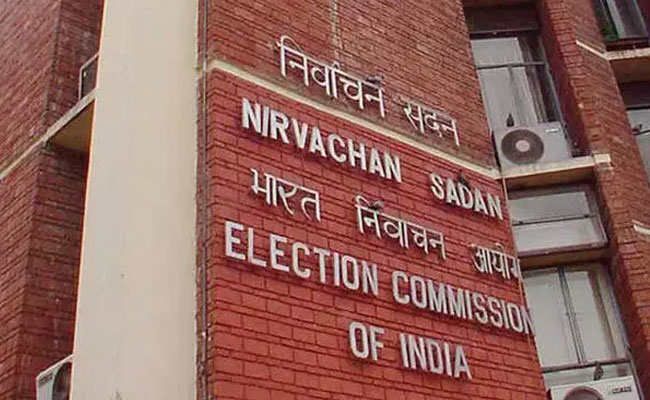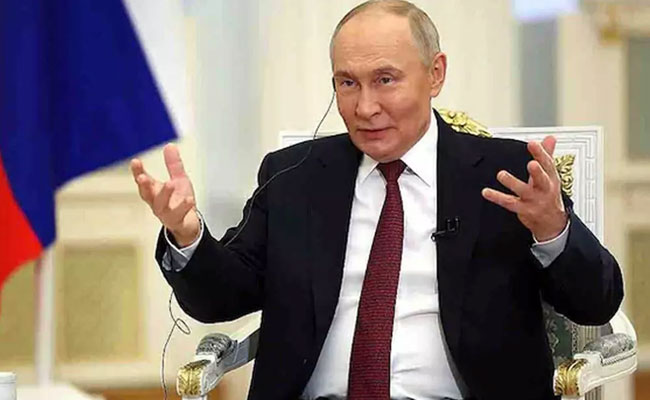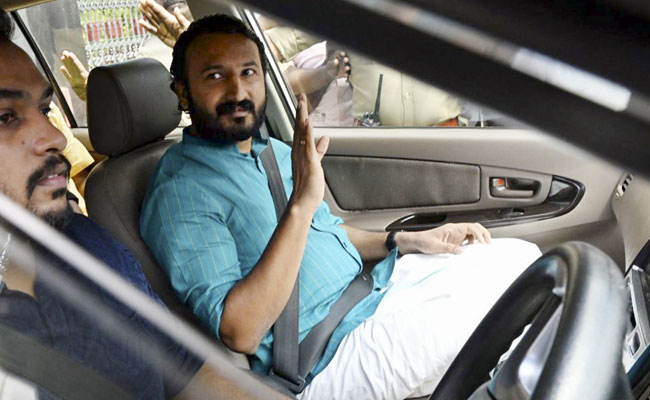Nay Pyi Taw: Two foreign journalists, an interpreter and a driver jailed for flying a drone near Myanmar's parliament have been released, the authorities said on Friday.
Cameraman Lau Hon Meng from Singapore and Malaysian reporter Mok Choy Lin were detained while shooting a documentary in October. Their driver Hla Tin and their interpreter, journalist Aung Naing Soe, are both from Myanmar, reports the BBC.
All four detainees, who work for Turkish broadcaster TRT, have served a two-month sentence for breaching anti-aircraft laws.
Further charges, which could have led to years in jail, have been dropped.
TRT has always insisted the authorities had been informed about the planned filming activities.
The four were being further investigated for breaching rules on importing the drone without a licence, an offence which could have resulted in a three-year jail term. The two foreign journalists were also accused of immigration offences.
But the police dropped the additional charges, saying the men had not endangered national security, the BBC reported.
Earlier this month, two local Reuters journalists covering the Rohingya crisis in Rakhine state were arrested.
The two are facing up to 14 years in prison and met their families on Wednesday for the first time since they were held.
Let the Truth be known. If you read VB and like VB, please be a VB Supporter and Help us deliver the Truth to one and all.
Ahmedabad (PTI): The ongoing Special Intensive Revision (SIR) of the electoral rolls in Gujarat has revealed that more than 17 lakh deceased voters were still included in the existing voter list across the state, a release by the office of the Chief Electoral Officer (CEO) has stated.
According to the release issued on Thursday, the SIR exercise started in Gujarat on November 4 with booth-level officers (BLOs) distributing enumeration forms in their designated areas.
The campaign will continue till December 11.
"In the last one month, enumeration forms have been distributed to more than five crore voters registered in the 2025 electoral roll. In most of the 33 districts, 100 per cent of the distribution has been completed. Work on digitising the returned forms is currently underway. So far, the digitisation work has been completed in 12 out of 182 assembly constituencies," it said.
These include Dhanera and Tharad of Banaskantha district, Limkheda and Dahod (ST) of Dahod district, Bayad of Aravalli district, Dhoraji, Jasdan and Gondal of Rajkot district, Keshod of Junagadh district, Mehmadabad of Kheda district, Khambhat of Anand district and Jalalpore of Navsari district.
Dang district is at the forefront in this work with 94.35 per cent digitisation of the counting forms, said the release.
"During this exercise, it was revealed that 17 lakh deceased voters were still included in the electoral roll across the state. More than 6.14 lakh voters were found absent from their addresses. It has been noticed that more than 30 lakh voters have permanently migrated," the release said.
BLOs found more than 3.25 lakh voters in the "repeated" category, which means that their names figured at more than one place, the release stated.





